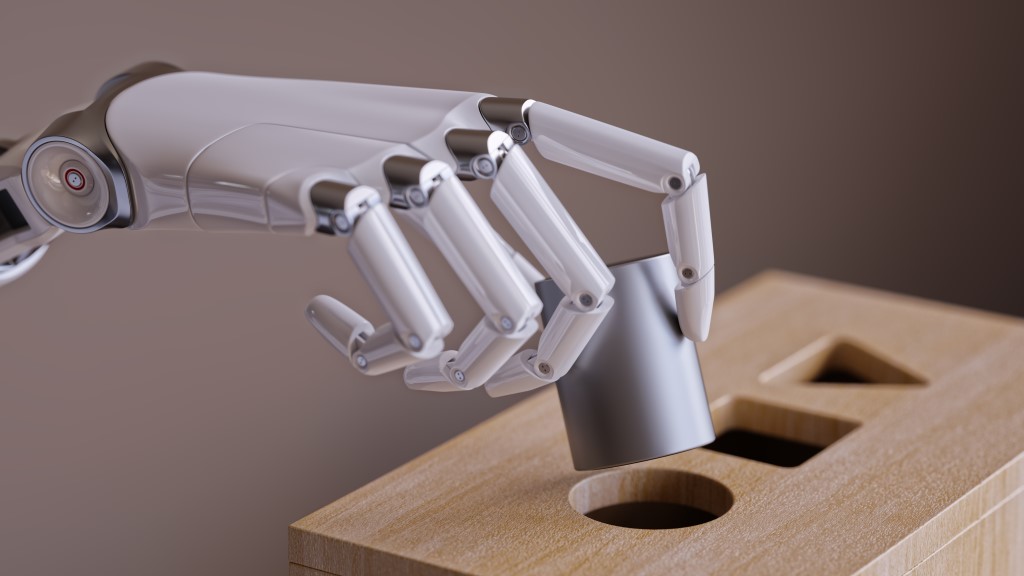
Artificial Intelligence (AI) has numerous uses in businesses. The most common ones include process automation, natural language processing, data analysis, consumer behavior forecasting, fraud detection, personalized marketing, product recommendations, and customer service via chatbots. For these applications to be successful, you must invest a lot of effort in the AI training process.
What is AI training?
Artificial intelligence training involves teaching your AI model to correctly decipher data in preparation for real life tasks. If your AI algorithm manages to make accurate decisions using the test data, you can be sure that it’ll perform as envisaged once you put it to real-life work.
With that in mind, here are incredible tips on making your AI training process more efficient.
1. Annotate data accurately
The first step to setting up your AI project for success is accurately annotating your test data. Data annotation involves adding information to data to enable computers to process it. For example, to annotate images, you can draw 2D bounding boxes around relevant objects depicted in the picture. Think about a busy street with pedestrians and different cars. You can use red boxes for trucks, yellow boxes for saloon cars, green boxes for pedestrians, and purple boxes for street furniture.
To achieve this, you’ll surely need a reliable annotation tool platform. Consider the site’s range of labeling tools, ability to build your custom operators, ease of use, compatibility with different data forms, including image, video, audio, PDF, and text, and quality assurance. This way, your AI training process will be more effective. Indeed, experts refer to it as the foundation of AI-powered technology, and you wouldn’t want to get it wrong.
2. Use high-quality data
Aside from accurate annotation, you must ensure that the test data is high-quality. The old-school computer science rule goes garbage in, garbage out. If you use substandard data during the training phase, you shouldn’t expect the AI algorithm to make any meaningful decisions once you subject it to actual data.
At a minimum, the test data should be as similar as possible to the real-life application of your AI system. Also, don’t make the mistake of using a bit of high-quality data and then mixing it with a small amount of poor-quality data. The tiny garbage you inject into the process may compromise the results of the entire AI training process.
3. Learn from mistakes
Artificial intelligence training is a trial-and-error process. So, don’t expect to get everything right with the first attempt. It’s not uncommon to run into mistakes during AI training. For instance, your AI algorithm may fail to interpret data correctly. When this happens, investigate the probable causes of the mishap rather than calling it quits. This is how you improve your expertise in developing error-proof AI models.
4. Invest in first-rate hardware
Processing big data consumes a lot of computer resources. Thus, your everyday off-the-rack PC may not be appropriate for AI training, especially if the data is voluminous. You need to invest in high-performance Graphics Processing Units (GPUs) to avoid running into technical hitches now and then. Using CPUs to perform graphic rendering may be considerably slower, as CPUs generally have fewer processing cores than GPUs, which have thousands.
5. Rent cloud-platform hardware
Investing in AI training hardware can cost you hundreds of thousands of dollars. If your business doesn’t have this kind of money at the moment, the next best alternative is to rent cloud hardware from renowned providers. This is cheaper compared with purchasing your own hardware.
In addition to that, you’ll need automated machine-learning software. Consider the ones offered by cloud service providers.
6. Hire competent developers
Sophisticated hardware and software won’t do you any good if there’s no one competent enough to oversee the AI training process. Therefore, embark on a search for top talent. However, note that AI talent is scarce out there. Big tech companies usually poach the few developers with vast experience, offering them annual salaries between USD$300,000 and 500,000. Nevertheless, try your luck, and you could get competent developers to work with you.
Conclusion

Artificial intelligence training is critical to ensuring your AI model interprets data correctly and makes meaningful decisions. For an efficient AI training process, you need to use high-quality test data; annotate data accurately; and invest in high-performance hardware, software, and developers. Most importantly, remember that it’s a trial-and-error process. You have to exercise a lot of patience until you get the desired outcome and start reaping the benefits of artificial intelligence.
References
- “Artificial Intelligence in Business: Creating Value with Machine Learning”, Source: https://professional.dce.harvard.edu/programs/artificial-intelligence-in-business-creating-value-with-machine-learning/
- “15 Business Applications for Artificial Intelligence and Machine Learning”, Source: https://www.forbes.com/sites/forbestechcouncil/2018/09/27/15-business-applications-for-artificial-intelligence-and-machine-learning/
- “Why Data Annotation is Important for Machine Learning and AI?” Source: https://medium.com/vsinghbisen/why-data-annotation-is-important-for-machine-learning-and-ai-5e647637c621
- “Graphics Processing Unit (GPU)”, Source: https://www.investopedia.com/terms/g/graphics-processing-unit-gpu.asp
- “Tech Giants Are Paying Huge Salaries for Scarce A.I. Talent”, Source: https://www.nytimes.com/2017/10/22/technology/artificial-intelligence-experts-salaries.html